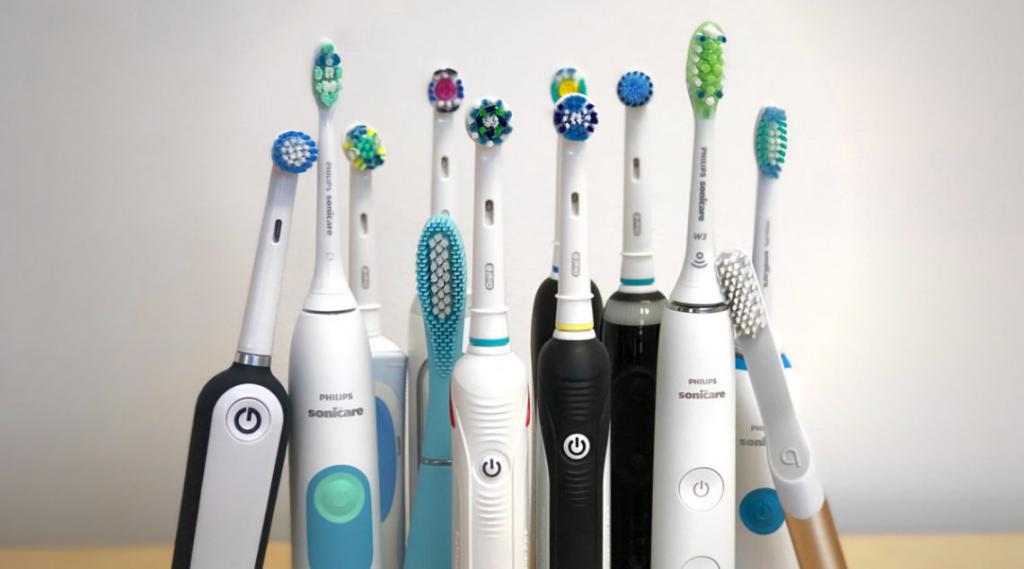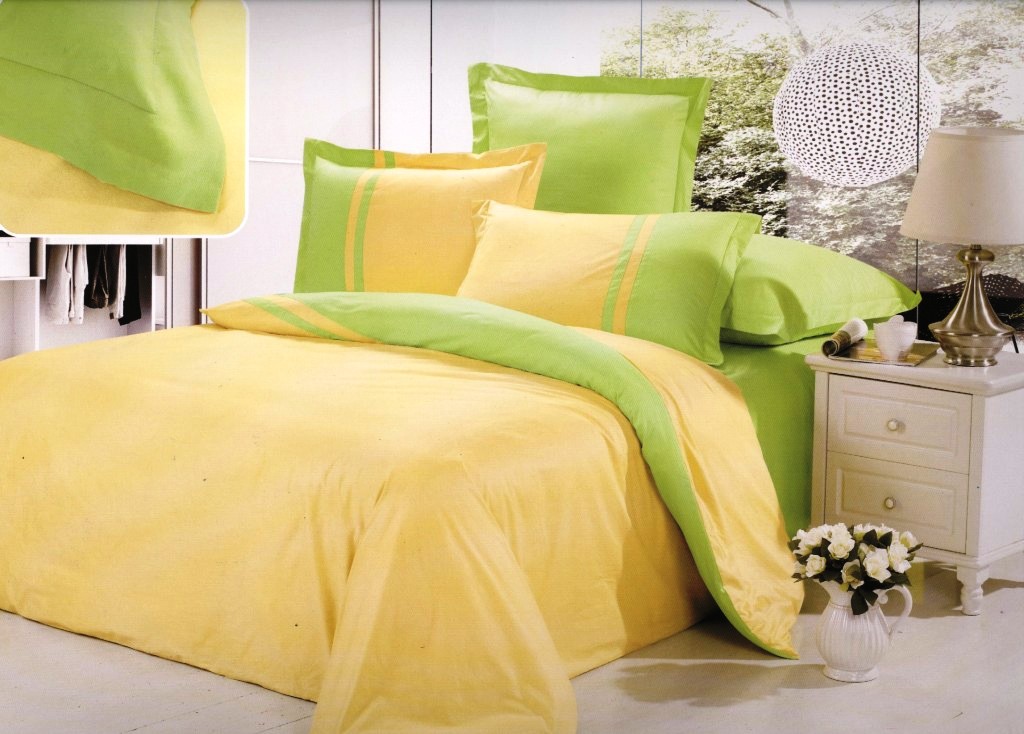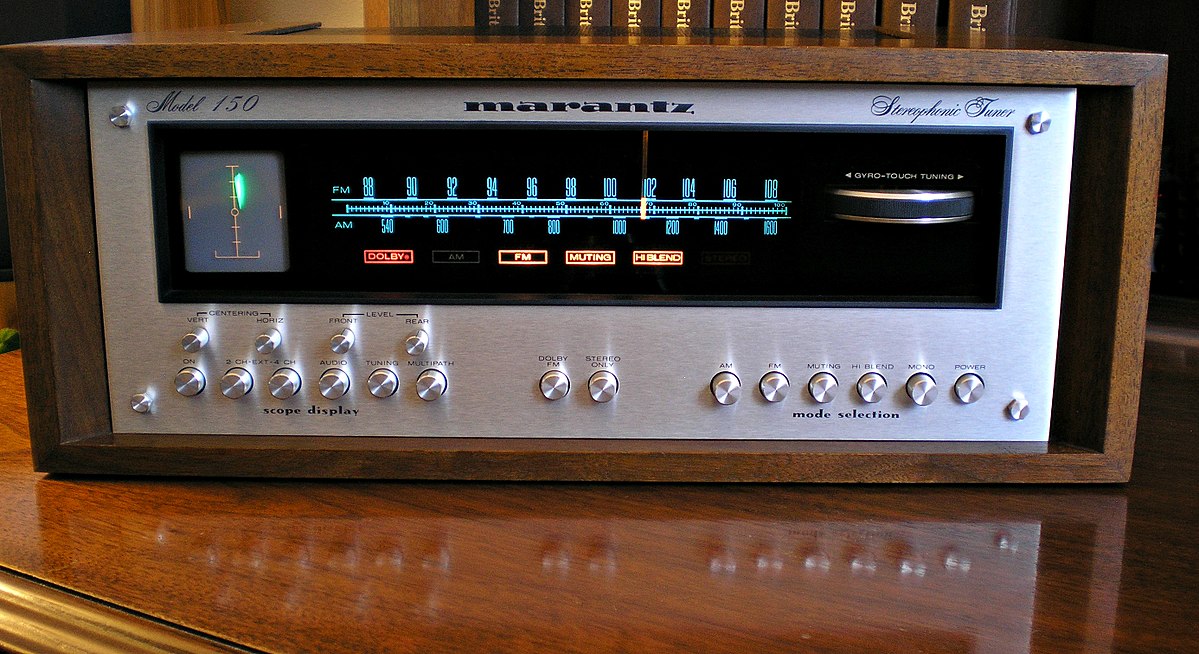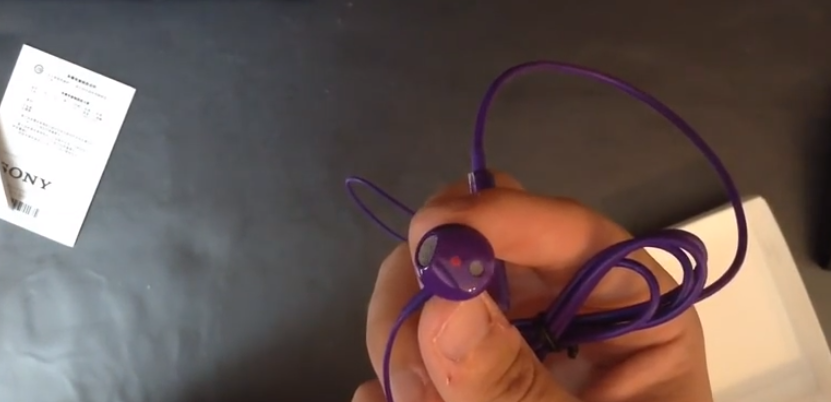Rating of the best warm skirting boards for 2022
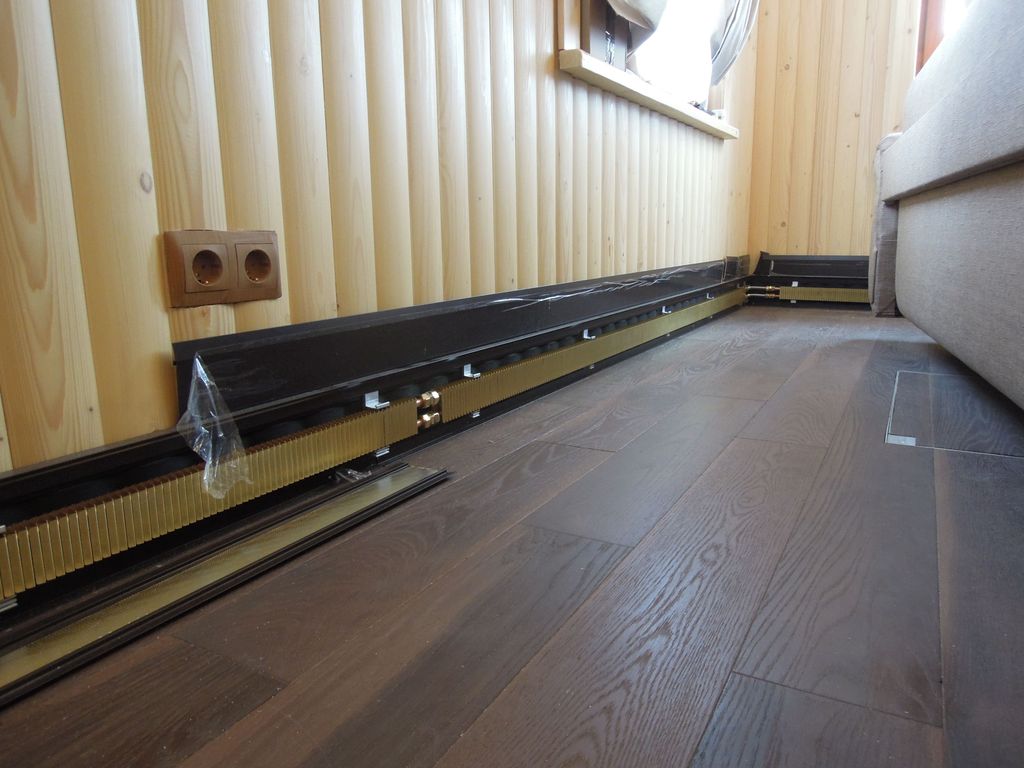
Relatively recently, a new type of heating equipment appeared on the Russian markets - the so-called warm skirting boards. In domestic housing, they are still not common, while in foreign countries they have become a sustainable alternative to classic heating systems. However, this system, both in its native country and abroad, has many opponents who believe that full-fledged heating with such equipment is impossible. The fact that the area of heating devices is small is given as the main argument. In turn, there are those who call this disadvantage an advantage. Thus, it is necessary to understand all the pros and cons of warm skirting boards.
Content
The principle of operation and design of warm skirting boards
Indeed, a warm baseboard can be called a "new word" in the heating of all types of dwellings - from apartments to private houses. This heating system got its name due to its resemblance to an ordinary plinth and due to its small dimensions. Visually, the design consists of:
- Aluminum box, including three walls - front, bottom and top;
- The thickness of the box itself does not exceed 3 centimeters;
- The height of the front panel can be from 10 to 24 centimeters;
- For decoration purposes, the end parts of the box are covered with special plugs;
- The box inside is equipped with heating elements, which are attached to the wall of the building by means of mounting brackets.

Depending on the heat source used in the system, skirting boards are either electric or liquid (outwardly, they practically do not differ). The principle of operation of thermal skirting boards is fundamentally different from traditional convection heating equipment - heating radiators / convectors.
Traditional heating equipment (the same batteries) heat the room by convection. This means that the heat emanating from the heated external parts of the battery warms the surrounding air. Moreover, the heated air rises closer to the ceiling, where it forms a special air cushion, while displacing cold masses lower closer to the floor.In rooms where the ceilings are low, the difference between a cool floor and a hot sub-ceiling space is not so noticeable, so a person feels quite comfortable there. However, in rooms with high ceilings, the difference is very noticeable and therefore forced ventilation has to be done there - only in this way is it possible to mix the available warm and cold air masses to achieve a comfortable temperature. At the same time, despite forced ventilation in the corners of a room with high ceilings, the air will remain unheated. Thus, to achieve a greater effect, a banal increase in the heating temperature and a longer period for heating the room are required. Heat losses in this case range from 20 to 30%. For clarity, we can give the following example: if you turn on an oil heater in a cool room, then at a short distance from it the air will quickly warm up, but a little further away it will remain cold for a long time.
The action of a warm skirting board is based on the uniform and gradual heating of all the walls and floors located near. The convection method of heating the ambient air near the baseboards takes no more than 30% of all resources. Heating of the room starts from the layers of air closest to the floor, then smoothly moves up the walls, simultaneously heating their surface. Thanks to this scheme of heat distribution, it is possible to achieve equal heating of the room throughout its volume. Moreover, rising along the walls, the heated air does not mix with the surroundings, while creating a kind of thermal “curtain”.This method of heating is extremely relevant for rooms with panoramic windows, because the cool air that can enter through unsealed joints is simply cut off without cooling the room.
Statistics say that heat loss when using warm skirting boards is only 5%. It has been scientifically proven that if the walls of the room are heated to 37-38 degrees Celsius, and the general temperature of the room is at the level of 16-17 degrees, then the person no longer feels cold and generally does not feel any discomfort. From this it can be seen that heating skirting boards may well be used as a full-fledged heating system. They can be mounted along the general perimeter of the room or only in certain places.
The plinths in question are extremely functional, because they can be installed in places where it is not possible to put a conventional radiator. Here, loggias with French glazing can serve as a good example (the wall of the loggia is solid glass).

Most domestic buyers are wondering if the furniture, which is often placed in apartments near the walls, will suffer from the work of a warm baseboard? It should be noted here that the operation of the heating system in question is not aimed at warming up the surrounding air and objects adjacent to the walls, so they will not interfere with each other. In addition, heating elements have an operating mode at low temperatures, which means that their heating does not exceed 60 degrees Celsius, so they cannot damage the furniture lining and its coating, as well as the floor covering. Thus, it can be concluded that warm skirting boards are systems that are extremely economical and safe.
Skirting boards with electric heating
Electric samples of the equipment in question are more widely popular, in contrast to liquid ones. This is due to a simpler installation scheme and due to the fact that electricity is available even in the most remote areas, but finding the nearest water supply can be more difficult. According to the principle of operation, the design of a warm baseboard is akin to a “warm floor”:
- In the inner part of the box, two metal (usually copper) tubes with a diameter of about 13 millimeters and a wall thickness of one and a half millimeters are installed. These tubes are tightly seated with "ribs" made of brass. In the tube, which is located lower, there is a low-temperature heating element;
- Inside the first tube is a heat-resistant electrical cable insulated with silicone, which is responsible for feeding the heater;
- Due to the fact that copper / aluminum are excellent conductors of heat, tubes are made from the first, and front panels are made from the second. This combination of alloys allows you to achieve maximum heat transfer;
- In addition, the system can be equipped with temperature sensors and thermostats. Due to the latter, it is possible to achieve significant savings in the entire system - with its help, you can maintain a certain temperature for several days in advance (for example, set the minimum values when the room is not supposed to be used).
IMPORTANT! The thermostat sensor should be placed at a height of 130 to 150 centimeters from the floor in order to obtain the most accurate temperature readings. When the temperature reaches the set level, the heating system will turn off. And it will turn on again when the temperature reaches the minimum allowable mark.
The length of each module of the electric skirting board, as a rule, ranges from 70 centimeters to 2.5 meters. Based on these dimensions, it is possible to assemble the desired heating circuit of the required power and the required perimeter. The average figures say that one running meter of such a system is capable of delivering from 180 to 280 watts of heat. It is always worth remembering that for the safe operation of such a heating system, it must be connected to a fully functional and new electrical wiring. For convenience, manufacturers recommend laying a separate power line for skirting boards, bringing it directly to the meter and installing your own machine.
Skirting boards for water heating
Water plinths in their work are most similar to water boilers. Their structure differs significantly from electrical samples:
- Such skirting boards do not heat coolants on their own - they use already heated substances (they can be either plain water or a special liquid, for example, antifreeze);
- The coolant flows through the tubes inside the box, and which are made of cross-linked polyethylene;
- There are two pipes in the box, they are installed one on top of the other, despite the fact that the coolant fluid is taken through the bottom pipe, and it is supplied through the top pipe.
Due to the fact that sufficient pressure is required to transfer the heating substance through the system, special circulation pumps are used for this purpose in private houses. Through them, the coolant flows under a set pressure through the distribution manifold, and then is fed into the heating modules.
IMPORTANT! In the case when the junction of the pipes in the plinth box for water heating falls on the corner of the room, then special corrugated or polyethylene "corners" are used to connect the system. It is worth remembering that for the correct operation of the water circuits, their length cannot exceed 12.5 meters - otherwise the heat will be wasted irrationally. However, if the perimeter of the room is much larger than this figure, then it is preferable to install two or more separate circuits.
The temperature in water models can also be controlled by a thermostat or manually on the distribution manifold. If a thermostat is used, then automatic servomotors will be responsible for opening/closing the valves.
Summing up, we can conclude that the organization of a heating circuit in water-based skirting boards is a very costly business. This is due to the fact that not only the installation of a pump and a collector is required, but also the provision of reliable storage of coolants and their cleaning. Therefore, Russians prefer electric models more.
Connecting a water plinth in a city apartment
In principle, this option is possible, but it occurs infrequently. The reason for this is the need to connect the system to central heating, and hydraulic shocks can often occur in it, which may not withstand the tubes in the structure. Moreover, the water temperature in the batteries ranges from 85 to 90 degrees Celsius, and the pressure can reach 9 or more atmospheres. All these factors also lead to the destruction of individual elements of the entire heating structure.
Nevertheless, there is a way to minimize the above-mentioned risks - the whole trick will be to separate the heating circuit from the central network:
- It is necessary to use heat exchangers, i.e. devices by means of which a certain part of the excess heat will be taken from the heat-carrying substance. In the future, these surpluses can be transferred to another internal and independent circuit;
- In typical apartments, a riser wiring is installed, so each room can have a one- or two-pipe riser. Thus, the connection can be made using copper fittings by soldering or plastic tubes, together with fittings. With this method, restrictions on the temperature and pressure of the heat-carrying substance are removed;
- Connection to the drain of the heating skirting board can be done with the help of a thermal valve.
Advantages and disadvantages of warm baseboards
The undoubted advantages of using the heating system in question can be safely called:
- Due to the fact that the heat rises precisely along the walls and warms them up perfectly, once and for all the problem of the occurrence of fungus or mold can be considered solved (dry walls are the main guarantee that they will not be affected by fungal microorganisms).
- The serviced premises are heated simultaneously along the entire perimeter and evenly, which allows you not to wait until the heat from the coolant disperses throughout the room. It is this factor that leaves standard radiators at a loss.
- It is possible to achieve an equal temperature throughout the volume of the room, while there will be no “cold sectors” left. Practice shows that the difference in temperature under the ceiling and near the floor is no more than a degree. However, it is worth remembering that the effective operation of the entire structure will also depend on the competent thermal insulation of the room itself and on possible heat losses.
- Heating occurs in a ray way, which is considered the safest for the human body, because it is perceived by them as receiving solar heat.
- The maximum heat loss is only 5% (while for convection heating this figure is up to 30%).
- Warm baseboards are compatible with any type of flooring.
- A moderate temperature is constantly maintained in the box of the device itself, so you should not be afraid for the safety of furniture standing nearby (its drying out).
- Installation of the entire system involves maintaining the aesthetic appearance of the entire room, which cannot be said about the installation of bulky radiators.
- Due to the small dimensions of the structure, it can be used to heat rooms where it is simply impossible to install radiators and batteries.
- Adjustment of the temperature in the circuit is carried out at an intuitive level using thermostat switches and temperature sensors (modern systems can even perform user-programmed actions).
- The whole system is completely a model of savings on home heating.
However, there are also significant "cons":
- The cost of such a design is quite high.
- Skirting devices are not yet popular enough in Russia, so sometimes it can be difficult to find not just spare parts for the structure, but even specialists in their installation.
- Except for special samples, most heating skirting systems are extremely afraid of high humidity in the serviced premises. High humidity can lead to premature wear of their individual elements.
- The entire structure is limited by the length of the heated perimeter (12.5 meters) - and installing a second and even a third circuit for just one room is far from cheap.
Rating of the best warm skirting boards for 2022
Budget samples
2nd place: "Orion" 530 mm
This economical model features high reliability and no need to install shut-off fittings. The sample works like a standard battery, but its heat loss is 6 times less. The body of the device is covered with a special protective composition, which stably protects it from possible corrosion. It can be used along the perimeter of pools and on balconies with French glazing (panoramic windows).

| Name | Index |
|---|---|
| Heater type | Electric |
| Heating power, Watt | 75 |
| Control | Electronic |
| Section length, mm | 533 |
| Material | Aluminum |
| Price, rubles | 2700 |
- The box is treated with a special composition;
- Possibility of installation on different objects;
- budget cost.
- The thermostat is missing.
1st Place: Cozy 1050mm
Powerful and reliable model. It can be installed both as the only heating element in small rooms, and be included in heating circuits. It provides residents with special comfort: it does not dry the air, does not fill it with combustion products, and does not create dust circulation in the serviced premises.

| Name | Index |
|---|---|
| Heater type | Electric |
| Heating power, Watt | 320 |
| Control | Electronic |
| Section length, mm | 1050 |
| Material | Aluminum |
| Price, rubles | 3600 |
- A wide range of body color variations;
- Increased power;
- There is a thermostat for adjustment.
- Afraid of high humidity.
Models of the middle price segment
2nd place: "Orion 1 Cedar"
This model has an extremely pleasant appearance and can be used as a design element when decorating a country house. Sufficient power of this circuit will allow you not to freeze in the coldest seasons. This sample is characterized by the production of rather long structural elements, which allows them to equip large rooms along the perimeter.

| Name | Index |
|---|---|
| Heater type | Electric |
| Heating power, Watt | 150 |
| Control | Electronic |
| Section length, mm | 1000 |
| Material | Aluminum |
| Price, rubles | 3800 |
- Aesthetic appearance;
- Increased power;
- Simplified installation.
- Again, there is no thermostat.
1st place: Mr. Tektum 2.0
Another model designed for design projects. The heater is made of hot-pressed aluminum alloy, inside of which brass and copper pipes are installed. Due to the fact that the model is liquid, installation is best done after preliminary heat calculations. Most experts recommend using this skirting board for cottages and country houses.

| Name | Index |
|---|---|
| Heater type | Liquid |
| Heating power, Watt | 600 |
| Control | Manual |
| Section length, mm | 2000 |
| Material | aluminum alloy |
| Price, rubles | 8600 |
- High power for liquid instrument;
- Application in the design of special alloys;
- Recommended for design projects.
- High price;
- Difficulty of installation.
Premium class
2nd place: "Thermodul 13.17"
A rare representative on the Russian market of a line from a Western manufacturer.Differs in the variability of the materials used and the high price. Import and trade in the Russian Federation is possible only if there is a certificate of conformity. Relatively difficult to install and requires original components to repair. It is better to entrust the installation of such equipment to professionals.

| Name | Index |
|---|---|
| Heater type | Liquid |
| Heating power, Watt | 500 |
| Control | Thermostat |
| Section length, mm | 1000 |
| Material | aluminum alloy |
| Price, rubles | 16500 |
- The model is controlled by a thermostat;
- The design uses an innovative alloy;
- Extended warranty period.
- Very high price per linear meter (in the absence of other advantages).
1st place: "Thermodul Combi"
Another expensive model from the Italian brand. It fully justifies its extremely high price (30,000 rubles / running meter), due to the fact that it has a combined mode of operation: it can work on both electric and liquid coolants. However, it requires professional installation and adjustment of the entire circuit. Management is fully automated.

| Name | Index |
|---|---|
| Heater type | Liquid/Electric |
| Heating power, Watt | 650 |
| Control | Thermostat, full automatic |
| Section length, mm | 1000 |
| Material | Aluminum alloy, corrugated |
| Price, rubles | 30000 |
- Combination of operating modes;
- Fully automatic control;
- The latest materials in construction.
- Not identified (for its features).
Instead of an epilogue
An analysis of the Russian market of warm skirting boards showed that the domestic buyer prefers domestic models. All due to the fact that the search for components for them is not burdensome, and some samples can be mounted independently.And even visual simplicity does not make them something of low quality in the eyes of a potential user. On the contrary, most Russian models are well balanced in terms of price / quality. At the same time, foreign samples can cost many times more (or even tens of times), however, even due to their perfection and the use of new technologies in them, they are not in special demand in the Russian Federation.
new entries
Categories
Useful
Popular Articles
-

Top ranking of the best and cheapest scooters up to 50cc in 2022
Views: 131652 -

Rating of the best soundproofing materials for an apartment in 2022
Views: 127691 -

Rating of cheap analogues of expensive medicines for flu and colds for 2022
Views: 124519 -

The best men's sneakers in 2022
Views: 124033 -

The Best Complex Vitamins in 2022
Views: 121940 -

Top ranking of the best smartwatches 2022 - price-quality ratio
Views: 114980 -

The best paint for gray hair - top rating 2022
Views: 113396 -

Ranking of the best wood paints for interior work in 2022
Views: 110319 -

Rating of the best spinning reels in 2022
Views: 105330 -

Ranking of the best sex dolls for men for 2022
Views: 104367 -

Ranking of the best action cameras from China in 2022
Views: 102216 -

The most effective calcium preparations for adults and children in 2022
Views: 102011
